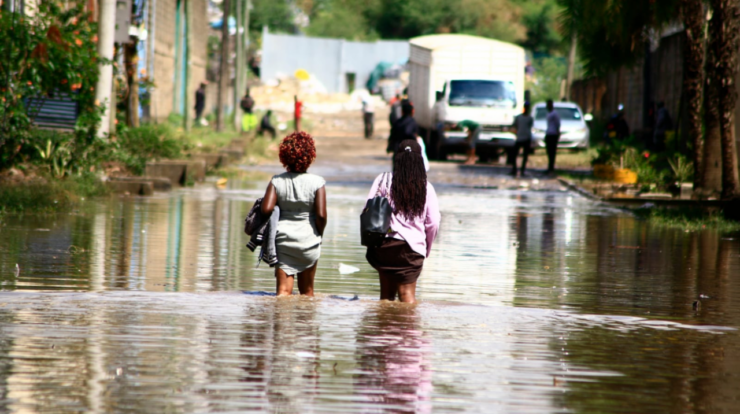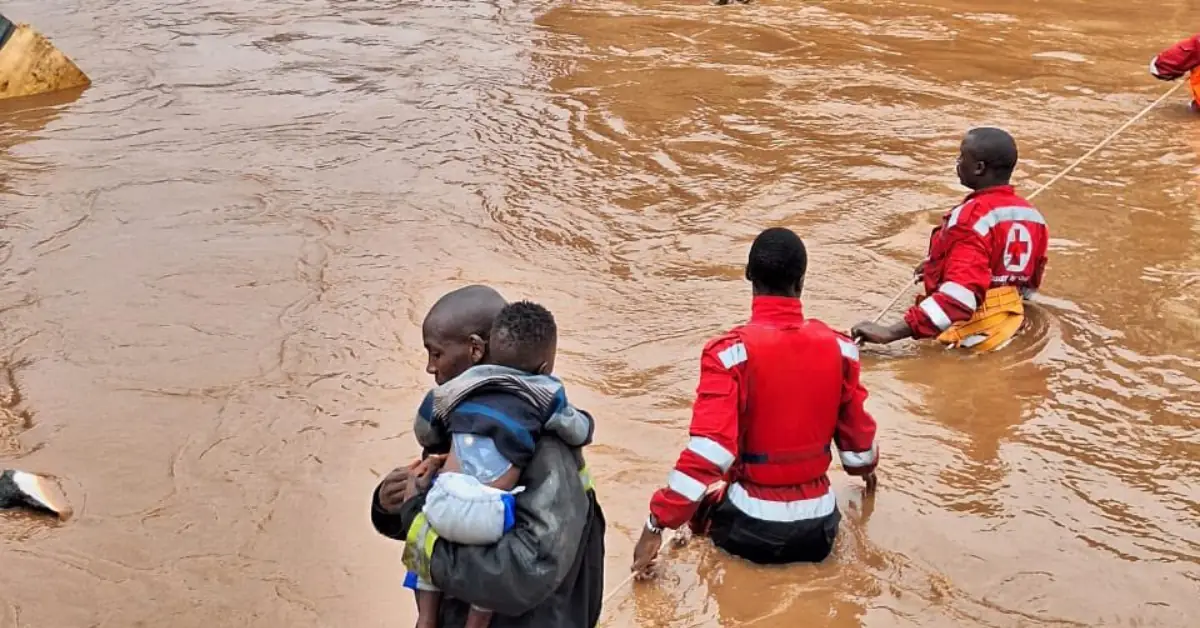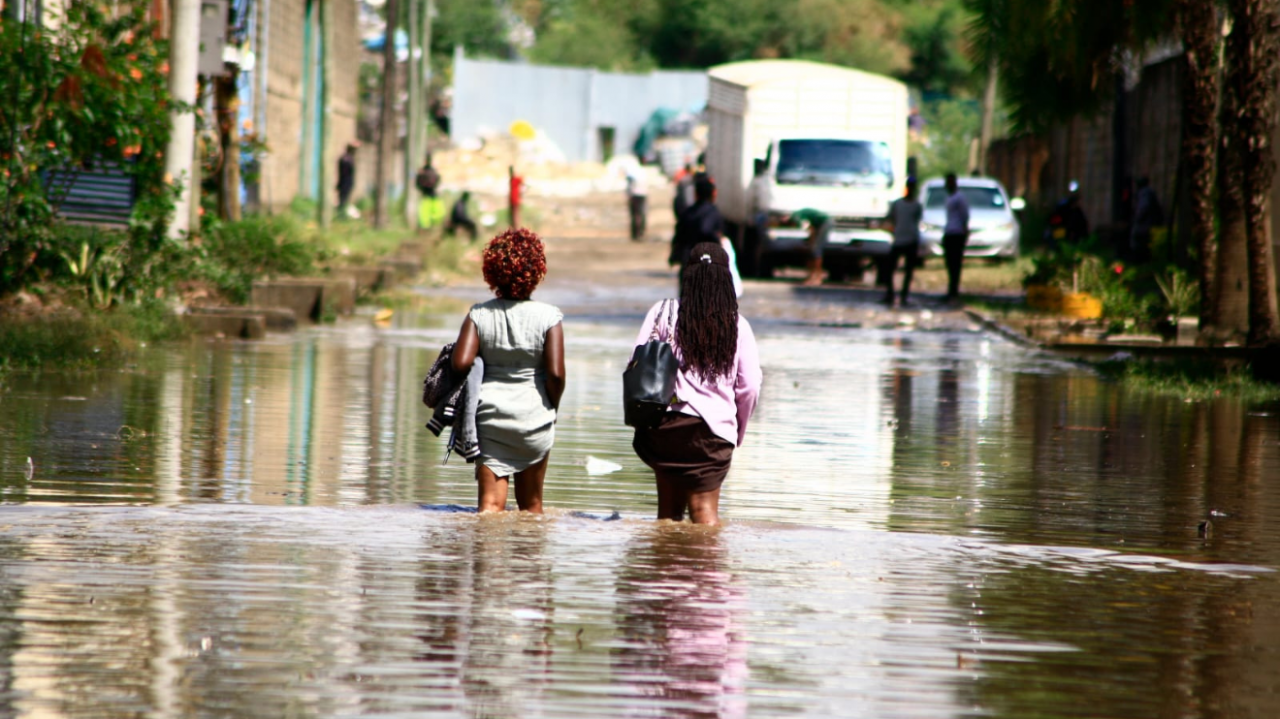
Kenya nairobi flooding – As Kenya’s capital, Nairobi, continues to battle the persistent menace of flooding, this article delves into the intricacies of this pressing issue, examining its causes, consequences, and potential solutions.
Nairobi’s flooding crisis has become a recurring nightmare for its residents, with devastating consequences for both the city’s infrastructure and its people. This article aims to shed light on the challenges posed by flooding, the measures being taken to mitigate its impact, and the role of community engagement in building resilience.
Impact of Flooding in Nairobi, Kenya
Flooding is a recurrent and severe problem in Nairobi, Kenya, posing significant challenges to residents and authorities. According to statistics, the city experiences an average of 10 major flooding events per year, with the most severe ones occurring during the rainy seasons from March to May and October to December.
The causes of flooding in Nairobi are multifaceted, including rapid urbanization, poor drainage infrastructure, deforestation, and increased rainfall intensity due to climate change. The consequences of flooding are equally dire, leading to loss of life, property damage, displacement of residents, disruption of essential services, and spread of waterborne diseases.
Challenges in Addressing Flooding Issues
Addressing flooding issues in Nairobi faces several challenges. These include inadequate infrastructure, limited funding for flood mitigation measures, lack of coordination among stakeholders, and insufficient community engagement.
Infrastructure and Flood Management

Nairobi’s existing infrastructure for flood management includes drainage systems, dams, and reservoirs. However, these measures have proven to be inadequate in mitigating flooding effectively due to factors such as poor maintenance, blockage of drainage channels, and insufficient capacity.
Potential Improvements and New Solutions
- Upgrade and expand drainage systems to increase water flow capacity.
- Construct additional dams and reservoirs to store excess water during heavy rainfall.
- Implement green infrastructure solutions, such as permeable pavements and rain gardens, to absorb and infiltrate stormwater.
- Utilize technology for early warning systems and real-time monitoring of flood levels.
Community Resilience and Preparedness

Community engagement and preparedness play a crucial role in reducing the impact of flooding. In Nairobi, several community-based flood mitigation initiatives have demonstrated success, including:
- Establishment of community early warning systems.
- Training of community members in flood response and evacuation procedures.
- Mobilization of volunteers to clear drainage channels and distribute relief supplies.
Strengthening Community Involvement
To further enhance community resilience, there is a need to:
- Increase public awareness about flood risks and preparedness measures.
- Support community-led flood mitigation initiatives with resources and technical assistance.
- Establish partnerships between community groups and local authorities for coordinated response.
Government Policies and Regulations
The Kenyan government has implemented several policies and regulations related to flood management, including the National Flood Management Policy and the Water Act. However, the effectiveness of these policies has been limited due to challenges such as:
- Insufficient enforcement of regulations.
- Lack of coordination between different government agencies.
- Limited funding for flood mitigation projects.
Recommendations for Improvement
To strengthen government policies and regulations, it is recommended to:
- Review and update existing policies to reflect current flood risks and challenges.
- Establish a dedicated agency responsible for coordinating flood management efforts.
- Increase funding for flood mitigation projects and provide incentives for sustainable practices.
International Collaboration and Best Practices
International collaboration and knowledge sharing can provide valuable insights and best practices for addressing flooding issues in Nairobi. Successful flood management practices from other cities or countries that could be adapted to Nairobi include:
- The use of floating wetlands in the Netherlands to absorb stormwater.
- The implementation of permeable pavements in Tokyo to reduce runoff.
- The construction of underground reservoirs in Singapore to store excess water.
Opportunities for Partnerships and Funding, Kenya nairobi flooding
To foster international collaboration and support, Nairobi should:
- Join international networks and partnerships focused on flood management.
- Seek funding from international organizations and development agencies for flood mitigation projects.
- Establish partnerships with cities and organizations that have successfully implemented innovative flood management solutions.
Final Wrap-Up: Kenya Nairobi Flooding
Addressing the flooding crisis in Nairobi requires a multifaceted approach that encompasses infrastructure improvements, community preparedness, effective policy frameworks, and international collaboration. By embracing these strategies, the city can strive to mitigate the devastating impact of flooding and build a more resilient urban environment.
General Inquiries
What are the primary causes of flooding in Nairobi?
Nairobi’s flooding is primarily attributed to a combination of factors, including heavy rainfall, inadequate drainage systems, encroachment on waterways, and poor waste management.
How has flooding impacted Nairobi’s infrastructure?
Flooding has caused significant damage to Nairobi’s infrastructure, including roads, bridges, buildings, and power lines, disrupting transportation, communication, and economic activities.
What role can community engagement play in mitigating flooding?
Community engagement is crucial in raising awareness, promoting responsible waste disposal, and implementing localized flood mitigation measures, such as constructing drainage channels and planting vegetation to absorb excess water.